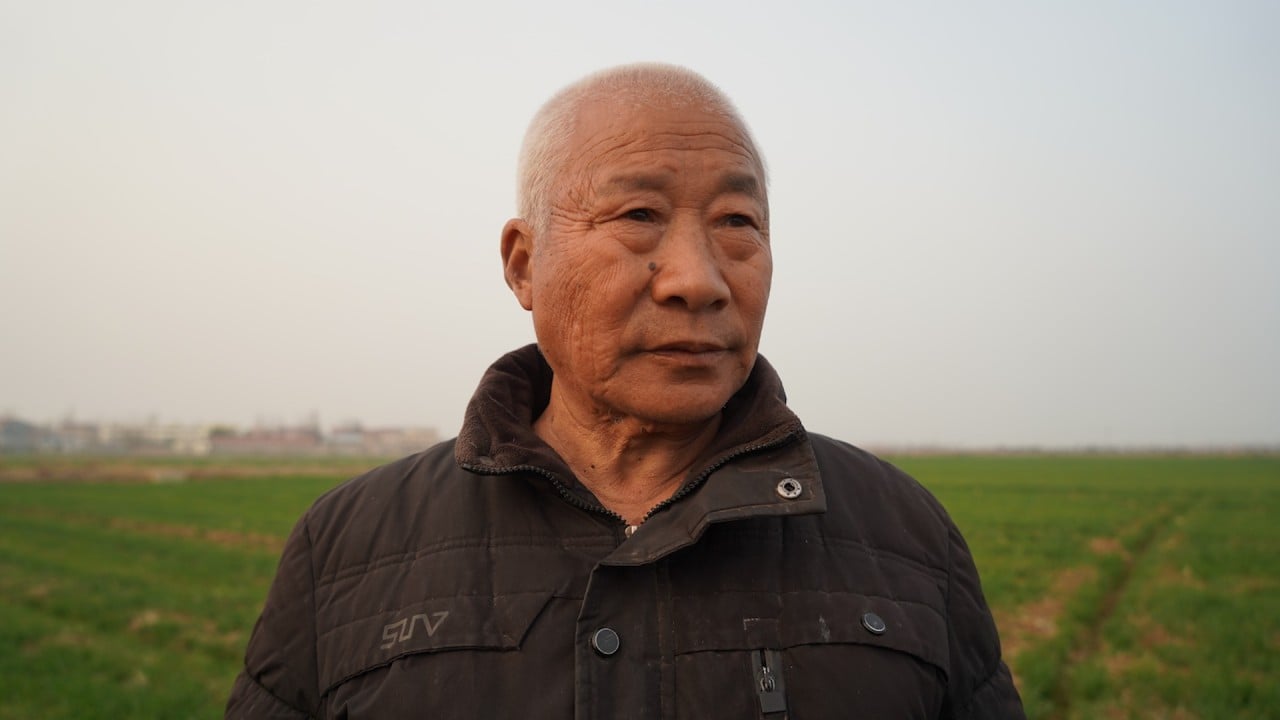
China and Asean aim to expand agricultural trade to more than US$100 billion in 5 years
- The Association of Southeast Asian Nations (Asean) topped China’s agricultural trade last year, reaching US$61 billion, ahead of the US and Brazil
- But diplomats on both sides want to enhance agricultural collaboration, including in technology and training, with Hainan a possible ‘gateway’ for trade
China and the 10-nation Asean bloc should explore potential agricultural collaboration, with Beijing eager to enhance its ties with the region, officials and diplomats said at the Boao Forum for Asia.
“We should keep our agricultural trade at top level. We have 40 per cent of agricultural investment in total in Asean, which is our foundation for moving forward. We are not only aiming to expand agricultural trade to above US$100 billion in coming five to seven years, but also optimise trade structure.”
We indeed need to make efforts to increase the value of our trade
Sui said there was a huge amount of room to improve the quality of trade beyond raw materials and primary goods, suggesting an increase in technological and professional exchanges could help.
“We indeed need to make efforts to increase the value of our trade,” he said.
Djauhari Oratmangun, Indonesia’s ambassador to China, said agricultural collaboration is a focus between China and Asean this year to meet soaring demand after the coronavirus pandemic.
Hainan, which enjoys a similar climate with parts of Southeast Asia, could serve as “a gateway for Asean countries” to deepen agriculture cooperation with China, he added.
“We will have effective and technical discussions on the standards and process of tropical countries producing tropical fruits,” Oratmangun said.
Xie Jianghui, vice-president of the Chinese Academy of Tropical Agriculture Science, said China has conducted 83 joint projects and training programmes with Asean nations in the past five years.
“Chinese tropical agriculture has certain advantages in terms of technology, and Asean countries have better advantages in terms of production capacity and prices,” Xie said.
China has conducted 50 multilateral agricultural science and technology training courses with nine Asean countries, excluding Singapore, and signed cooperation agreements with 25 educational units for training personnel, according to Xie.
“Our cooperation [with Asean] mainly covers breeding and the green and efficient cultivation of new varieties of natural rubber, bananas and other crops, as well as deep processing of agricultural products,” he said.
Xie said China had also introduced eight cassava species to Southeast Asia in recent years, planting more than 666,667 hectares (1.65 million acres) in various nations and providing them with more than 40,000 newly developed planting materials.
The Asean bloc last year exported US$36 billion of agricultural products to China, its top trading partner, and is looking forward to expanding its partnership with increased investment, supply chain activities and food products, according to Asean secretary general Kao Kim Hourn.
“We will also include in this free-trade agreement some of the areas of interest that we have talked about, such as creativity and supply chain activities and the digital economy,” Kao said.
Kao hopes that a better customs arrangement will be on the agenda, such as a one-stop shop for window services and better logistics and warehousing, and that Asean can deepen bilateral cooperation in the green economy and sustainable areas in addition to agriculture.


.jpg?itok=t8OJmsoF)
